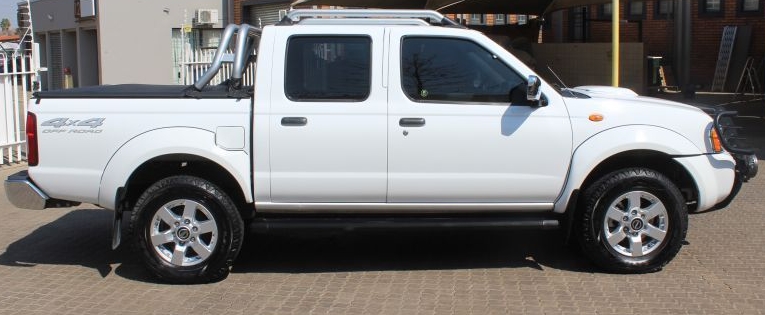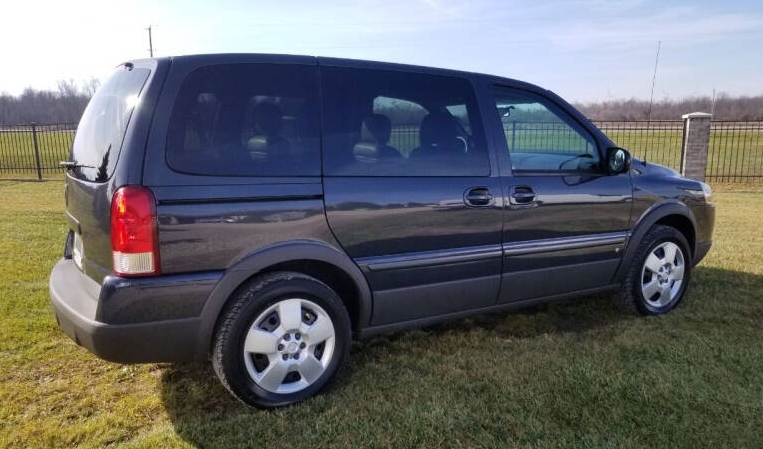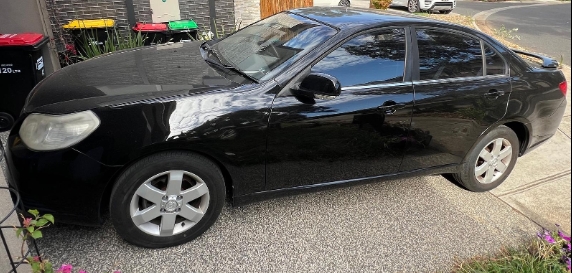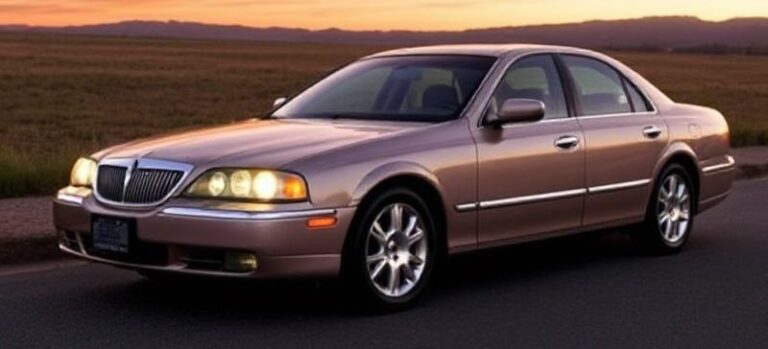From Unflinching Workhorse to Lifestyle Icon: The Evolution of the Nissan NP300
In the sprawling, competitive world of pickup trucks, few nameplates carry a legacy as tough, global, and occasionally confusing as the Nissan NP300. It is a badge that has adorned vehicles of starkly different philosophies: one, a rugged, almost agricultural tool of trade, and the other, a sophisticated, tech-laden vehicle that blurs the line between workhorse and family SUV. To understand the NP300 is to understand the evolution of the modern pickup truck itself—a journey from pure utility to multifaceted versatility.
The name “NP300” is a designation from Nissan’s commercial vehicle nomenclature: “NP” for Nissan Pickup, and “300” representing a series/tonnage class. While this name is most famously associated with two distinct generations, its story is deeply intertwined with Nissan’s legendary D-series compact trucks, known globally as the Navara, Frontier, or simply, the “Hardbody.”
The Bedrock: The D22 Generation (1997 – Present, as the NP300 Hardbody)
The modern story of the NP300 begins with the Nissan D22 series pickup. Launched in 1997, the D22 was the direct successor to the immensely popular D21 “Hardbody,” a truck celebrated for its near-indestructible build quality. The D22 aimed to modernize the platform with more rounded styling, improved interiors, and updated powertrains, while critically retaining the robust, body-on-frame construction that its customer base demanded.
Globally, this truck was marketed as the Nissan Navara (in Europe, Australia, and Asia) and the Nissan Frontier (in North and South America). For its initial production run from 1997 to roughly 2004, it was simply known by these regional names. The “NP300” designation would be retrospectively and concurrently applied, particularly in markets where the D22 continued production long after being replaced elsewhere.
.
THIS is GOOD stuff if your car is in need:

.
Models and Trim Philosophy:
The D22 was built on a foundation of choice and utility. It was offered in three primary body styles:
- Single Cab: A two-door, two-seater configuration with the longest load bed, designed for pure commercial use.
- King Cab (or Extra Cab): An extended two-door cab featuring small, inward-facing jump seats or a storage area behind the main seats, offering a compromise between passenger space and cargo capacity.
- Double Cab (or Crew Cab): A full four-door, five-seater configuration that signaled the pickup’s growing role as a dual-purpose family and work vehicle.
Trim levels were straightforward and function-focused:
- DX: This was the quintessential base model. It featured vinyl flooring, manual windows and mirrors, steel wheels, and minimal creature comforts. It was the fleet manager’s and farmer’s choice.
- ST (Standard) / XE: A step up, this trim often added basic amenities like air conditioning, a simple radio/cassette player, and cloth upholstery. It represented the entry-point for private buyers.
- ST-R / SE / LE: These higher-tier trims catered to the burgeoning “lifestyle” market. They typically included alloy wheels, chrome bumpers and grilles, power windows and mirrors, a CD player, and often featured distinctive decals and two-tone paint schemes. Four-wheel drive was a common feature on these upper-level trims.
Powertrains:
The D22’s engine lineup was a global smorgasbord of reliable, if not always high-performance, options:
- Petrol: The workhorse was the KA24DE, a 2.4-litre inline-four known for its durability. For markets demanding more power, particularly the US and Australia, the VG33E, a 3.3-litre V6, was available, offering superior torque for towing and hauling.
- Diesel: Diesel engines were the heart of the D22’s commercial success. Early models used the naturally aspirated TD27 (2.7L) and QD32 (3.2L) engines, which were mechanically simple and incredibly tough. The introduction of the ZD30DDT, a 3.0-litre direct-injection turbodiesel, brought a significant boost in power but earned a mixed reputation for early reliability. This was later superseded in many markets by the more refined and reliable YD25DDTi, a 2.5-litre common-rail turbodiesel that would become a mainstay for Nissan pickups for years to come.
The “NP300 Hardbody” Legacy:
While most of the world moved on to the next-generation D40 Navara in 2004, a fascinating chapter unfolded. In markets like South Africa, Mexico (as the D22/Camiones), and parts of the Middle East, demand for a simple, affordable, and easily repairable pickup remained sky-high. Nissan responded by continuing production of the D22, officially rebranding it as the Nissan NP300 Hardbody.
This version, produced until as late as 2021 in some regions, was a living fossil—a testament to the “if it ain’t broke, don’t fix it” philosophy. It retained the classic D22 body and chassis, receiving only minor cosmetic updates and engine tweaks over its extended life. It solidified the “NP300” name as a synonym for rugged, no-frills dependability.
The Intermission: The D40 Generation (2004 – 2015)
It is impossible to chart the NP300’s evolution without mentioning the vehicle that temporarily displaced its lineage in the mainstream: the D40 Navara/Frontier. The D40 was a seismic shift. Built on the larger F-Alpha platform shared with the Pathfinder SUV, it was bigger, more powerful, and significantly more refined. It introduced a powerful V6 turbodiesel (the V9X) and a level of interior comfort that was previously unseen in a Nissan pickup. However, because it moved so far upmarket, Nissan kept the D22 in production as the NP300 Hardbody to serve the budget-conscious commercial sector. The D40 was never officially badged as an NP300.
The Modern Rebirth: The D23 Generation (2014 – Present)
In 2014, Nissan launched its third-generation Navara, codenamed the D23. In a strategic move to unify its global branding and leverage the equity built by the rugged D22, Nissan officially badged this new truck the NP300 Navara in many key markets, including Australia and Europe. This new vehicle was a radical departure, engineered to serve two masters: the commercial user needing toughness and the private buyer demanding SUV-like comfort.
The D23’s groundbreaking feature was its rear suspension. While the single and king cab models retained traditional, load-bearing leaf springs, the more popular dual-cab models were fitted with a five-link coil-spring rear setup. This was a revolutionary move in the one-ton pickup segment, offering vastly superior ride quality and handling on par with a passenger car, without significantly compromising its payload or towing capacity.
Models and Trim Levels of the Modern Era:
The D23 NP300 Navara introduced a more complex and feature-rich trim structure, reflecting the diverse demands of the modern truck buyer. While names vary by region (e.g., PRO-4X in Australia/Asia vs. Tekna in the UK), the philosophy can be broken down into tiers:
- Work/Base Trims (e.g., DX, RX, SL, Visia): The spiritual successors to the D22’s base models. These are typically offered in all cab styles and feature 16-inch steel wheels, durable cloth or vinyl interiors, basic infotainment systems, and a focus on payload maximisation. They are the backbone of commercial fleets.
- Mid-Range Trims (e.g., ST, Acenta, Acenta+): This is the volume-selling sweet spot. These trims balance work and family life, adding features like 16- or 17-inch alloy wheels, a reversing camera, an upgraded touchscreen with smartphone integration (Apple CarPlay/Android Auto in later models), side steps, and chrome accents.
- High-Spec/Lifestyle Trims (e.g., ST-X, N-Connecta, Tekna): These models push the NP300 firmly into SUV territory. Standard features often include 18-inch alloy wheels, leather-accented and heated seats, dual-zone climate control, LED headlights, a 360-degree camera system, satellite navigation, and a suite of advanced safety features like Autonomous Emergency Braking (AEB).
- Halo/Specialist Trims (e.g., N-TREK, PRO-4X, Warrior, AT32): Recognizing the growing market for accessorized, off-road-ready trucks, Nissan introduced several “halo” models.
- The PRO-4X features a tough, blacked-out aesthetic with all-terrain tires and unique branding.
- The Australian-market N-TREK Warrior and later PRO-4X Warrior took this a step further, featuring a locally engineered suspension lift, upgraded dampers, a bullbar, and other off-road hardware, creating a factory-built custom truck.
- The European Navara OFF-ROADER AT32 was a similar concept, developed in partnership with off-road specialists Arctic Trucks.
Powertrains:
The D23’s engine strategy was centered on efficiency and modern performance. The primary engine is the YS23, a 2.3-litre diesel engine offered in two states of tune:
- A single-turbo version producing around 120kW (161 hp) and 403Nm of torque, typically found in lower-spec models.
- A sophisticated twin-turbo version producing a potent 140kW (188 hp) and 450Nm of torque, providing strong performance and excellent fuel economy.
In some markets, the familiar QR25DE 2.5-litre petrol engine remains an option. These engines are paired with either a six-speed manual or a smooth seven-speed automatic transmission.
Conclusion: A Tale of Two Trucks
The evolution of the Nissan NP300 is a story of adaptation. The name itself bridges two distinct eras of pickup design. First, it represents the D22 NP300 Hardbody—a symbol of unwavering utility, a simple machine built to endure the harshest conditions without complaint. It is a legacy carved from durability and a low cost of ownership.
Second, it represents the D23 NP300 Navara—a sophisticated and intelligent evolution. This modern iteration proves that a vehicle can possess a rugged, ladder-frame soul while offering a refined, comfortable, and safe experience for the whole family. Its pioneering coil-spring rear suspension redefined what a work truck could feel like on the road.
From the basic, unbreakable tool of the late 20th century to the tech-infused, dual-purpose vehicle of today, the Nissan NP300 nameplate encapsulates the remarkable journey of the pickup truck. It has successfully evolved from being just a hauler of goods to becoming a hauler of people, ambitions, and lifestyles, all without forgetting the tough “Hardbody” DNA that lies at its very core.







